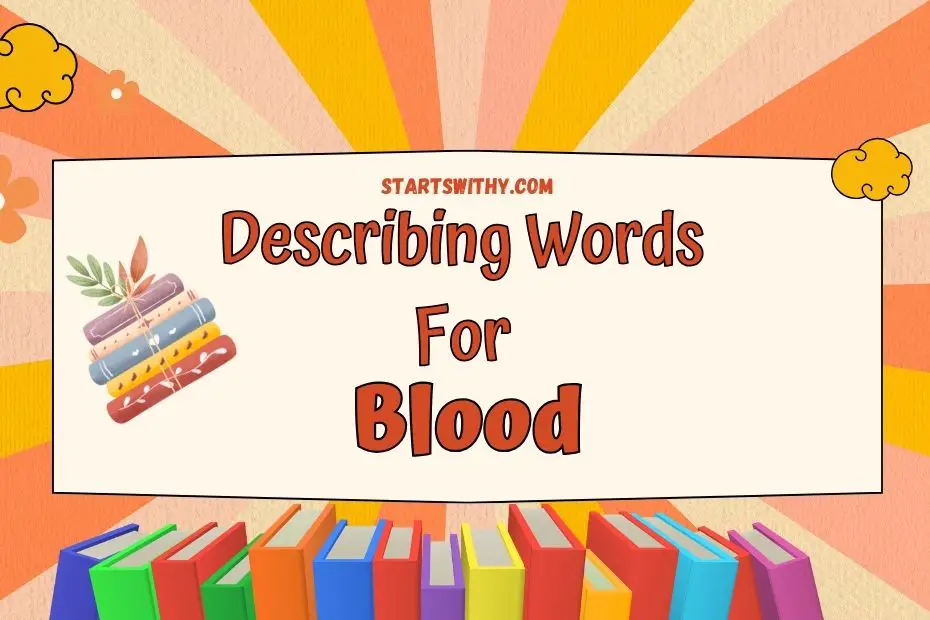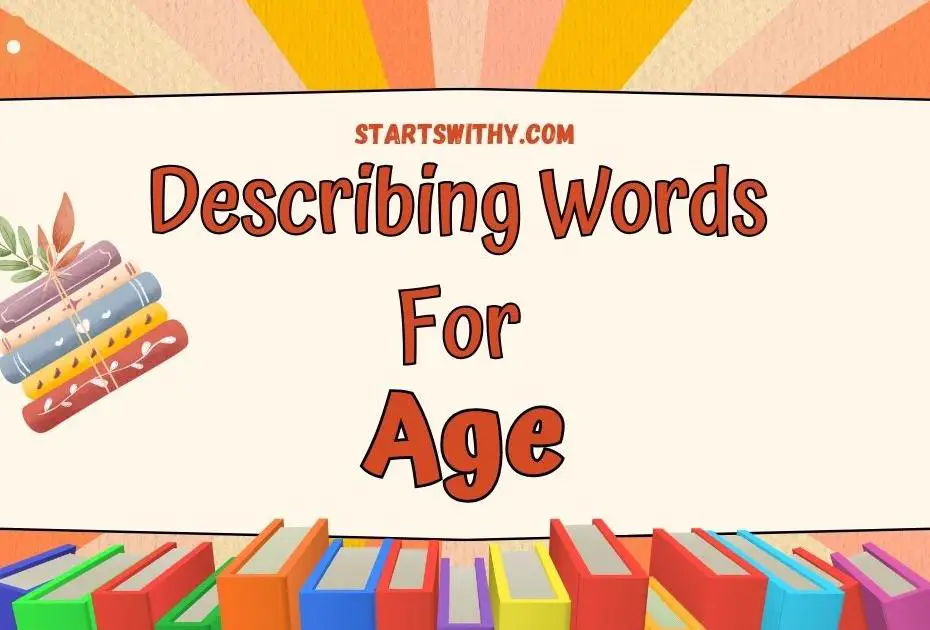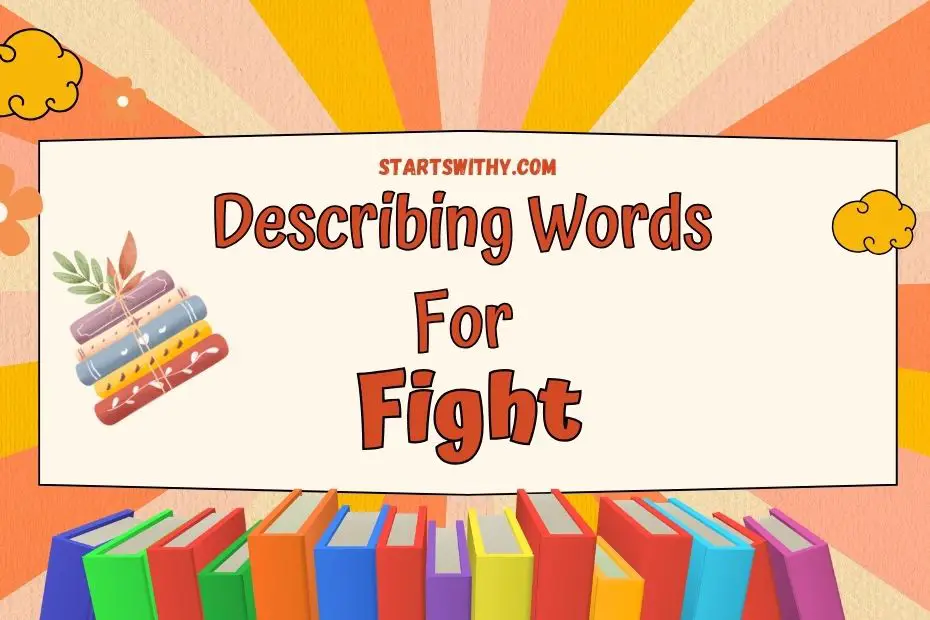Crafting sentences with precision often hinges on the little things, like pairing adjectives with the right prepositions. It’s a subtle art that can make or break the clarity of your expression. I’ve found that mastering these combinations can truly elevate your writing.
Think about it: we’re constantly bombarded with phrases like “excited about” or “interested in.” But what about less common pairings? That’s where I come in. I’ll guide you through the nuances of adjectives with prepositions to help you articulate your thoughts with pinpoint accuracy.
Whether you’re writing an email, a report, or crafting your next great novel, getting these phrases right is key to compelling communication. Stick with me, and you’ll be impressing readers with your linguistic precision in no time.
Understanding Adjectives and Prepositions
Adjectives and prepositions are like the colors and brushes of language; they allow me to paint detailed pictures with words. In the palette of grammar, adjectives describe nouns, adding flavor and specificity. Meanwhile, prepositions link nouns, pronouns, or phrases to other words in a sentence, indicating relationships like direction, time, and location.
To effectively teach these concepts to young minds, I often employ a method of association—pairing adjectives with their suitable prepositions to create a mental map for easy recall. For preschool and kindergarten teachers, the key lies in introducing these combinations through simple, relatable examples. Let’s take “proud of” as an instance. When I say, “I’m proud of my drawing,” the adjective ‘proud’ is married to the preposition ‘of’ to convey a specific emotion.
Here’s a basic lesson plan structure I follow for teaching these crucial elements:
- Begin with familiar adjectives: start with words kids are already comfortable with, like ‘happy,’ ‘sad,’ ‘full,’ or ’empty.’
- Move on to introduce prepositions: use visuals, like a ball ‘in’ a box or a teddy bear ‘on’ a chair, to anchor understanding.
- Combine and practice: create sentences like “I am good at drawing” or “The cat is scared of the dog.” Reiteration through crafting numerous examples will bolster comprehension.
By strengthening kids’ grasp on the building blocks of language early on, I’m setting them up for a future where they can articulate their emotions and thoughts precisely. Harnessing simple activities such as storytelling or picture description can make a significant difference in their learning experience.
Remember, each adjective-preposition duo carries its own nuance. For instance, “interested in” and “keen on” might be utilized interchangeably in some contexts, but they subtly differ in others. My goal is to guide students to recognize these pairs naturally, much like how they discern hues of the same color. Teaching these fundamentals now lays the groundwork for vibrant, articulate expression as children blossom into skilled communicators.
The Importance of Precision in Writing
In my journey as an educator, I’ve come to understand that precision in writing isn’t just about grammatical accuracy. It’s about the clarity of thought and expression. When we teach our young students to employ adjectives with the correct prepositions, we’re equipping them with a toolset to convey their ideas concisely and vividly. I’ve seen first-hand how children who master these language building blocks can express complexities that many would not expect from their tender age.
For instance, the difference between “good at painting” and “good with colors” may seem subtle but it reflects a distinct skill set in a child’s mind. Therefore, it’s crucial that as educators, we devote time to illustrating these nuances. By doing so, we’re not just teaching linguistics, we are nurturing precise thinkers. Children who can differentiate between “scared of spiders” and “scared by a movie” have a stronger grasp on articulating their experiences and emotions. It’s a step toward helping them navigate their world more effectively.
Often, I integrate storytelling with lessons on adjectives and prepositions, which serves to pique interest and provide context. Visual aids are invaluable too; they anchor abstract concepts to concrete images, making it easier for children to understand the relationship between words.
Moreover, when children practice constructing sentences with accurate adjective-preposition pairs, it lays down neural pathways that will serve them in all their future communication. They start recognizing patterns and this pattern recognition helps them pick up new language concepts with greater ease.
By fostering this accuracy, we’re shaping more than just their current vocabulary. We’re encouraging a future generation of clear and thoughtful communicators. That’s why I emphasize pairing adjectives with the right prepositions and using them in ways that mirror the complexity of their thoughts. The goal is for children to express themselves with the kind of precision that really captures their intent. And isn’t that what effective communication is all about?
Common Adjective-Preposition Combinations
When I devise lesson plans for young learners, I ensure they include plenty of common adjective-preposition combinations. These are the building blocks of precision in language and the foundation for effective communication. While working with kindergarteners and preschoolers, I’ve found that kids absorb these combinations best through clear examples and repetition.
In my experience, kids love learning patterns. That’s why I incorporate combinations such as “afraid of” or “good at” into activities. They start recognizing these patterns and applying them in their own sentences. Here’s a simple list I often use:
- Anxious About
- Proud Of
- Excited About
- Responsible For
- Interested In
It’s fascinating to watch the children as they begin to match adjectives with the right prepositions naturally. Through this practice, they not only learn the language but also how to express their emotions and thoughts with precision.
Another method I employ is to weave adjective-preposition combinations into stories. For instance, a character in a story might be “curious about” a mysterious sound or “scared of” the dark. These context-rich scenarios make the phrases memorable for the kids.
I also focus on teaching phrases that describe operations and relationships. Phrases like “capable of” and “dependent on” not only help students describe objects and people but also introduce them to more complex thought processes. My goal is to balance simplicity with a bit of challenge to keep their minds engaged.
Incorporating visual aids alongside verbal education is key. I use images and gestures to reinforce the meaning of phrases like “full of” or “empty of.” By combining auditory and visual learning, I can cater to different learning styles and preferences.
Regular practice sessions, where the children use these combinations in speech and writing, solidify their understanding and comfort with the language. Through patience and consistency, I aim to build a strong linguistic foundation for every child under my guidance.
Exploring Less Common Pairings
While I’ve emphasized the significance of familiar adjective-preposition combinations, there’s a vibrant world of less common pairings that often spark curiosity and wonder in young learners. I delve into these to provide a rich palette of language for the children to express themselves in unique ways.
There are phrases that, although infrequent, can illuminate a child’s narrative. Consider “aghast at,” “awkward in,” or “smitten with.” They’re not the everyday phrases we encounter, but they carry weight and add sophistication to communication. I introduce these phrases with care, ensuring that there’s a context the little ones can connect with. For example, “The rabbit was aghast at the mess,” or “She felt awkward in the large costume.” The use of tangible and relatable scenarios helps cement the understanding of these combinations in little minds.
In my experience, visual aids play an integral role when teaching these more complex constructs. I use story cards displaying the adjectives and prepositions in context, which helps the children visualize the relationship between the words. I’ve noticed that once a child correctly uses an uncommon phrase like “proficient in,” the confidence boost they receive is immeasurable. It’s all about breaking down the barriers to advanced language, step by step.
- Key phrases to introduce include:
- Enthralled by
- Averse to
- Keen on
I also incorporate interactive games that challenge the students to match adjectives with the right prepositions. It’s a playful approach that turns learning into an adventure.
Moreover, differentiation is crucial. Not all children grasp these concepts at the same pace, so I adjust the difficulty based on individual progress. This personalized attention ensures that every child feels comfortable and remains engaged, without being overwhelmed by the complexity of these less common pairings.
Enhancing Your Communication Skills
As I’ve worked with young learners, I’ve found that adjectives and prepositions do more than just add detail; they enhance overall communication skills. By focusing on these grammatical tools, I help students improve their precision and expressiveness. One of my go-to strategies is incorporating diverse vocabulary which allows children to paint vivid pictures with their words.
To achieve this, I introduce adjective-preposition phrases gradually. I start with familiar words that can easily be related to their own experiences, such as ‘excited about’ or ‘worried about.’ These phrases resonate with children and encourage them to use them in daily interactions. As they become more comfortable, I bring more complex phrases into our sessions like ‘capable of’ or ‘sensitive to.’ These are introduced through creative storytelling or real-life scenarios that the students can easily understand and empathize with.
My lesson plans are strategic. They include a mix of interactive activities and guided practice. I’ve noticed that when children engage in role-play or create stories using adjective-preposition pairs, they’re not only practicing these phrases but also enhancing their critical thinking and problem-solving skills. This dual focus ensures that the learning process is comprehensive and impactful.
I also emphasize the importance of pattern recognition in language learning. Children are naturally adept at detecting patterns and I use this to our advantage. By grouping similar adjective-preposition phrases together, I help students make connections and understand usage contexts better. For example, phrases expressing emotions like ‘afraid of,’ ‘keen on,’ and ‘proud of’ can be learned together for a deeper comprehension of how to convey feelings.
Moreover, I adjust the complexity of phrases based on the individual child’s progress, making sure each lesson remains accessible and enjoyable. It’s about finding that sweet spot where learning meets the individual needs of each student, aiding them to grasp the nuances of the language and gain confidence in their abilities. Using this approach, every child’s unique learning journey is respected and nurtured.
By intertwining storytelling with visual aids and emphasizing the usage of patterns, I aim to facilitate a learning environment where children are keen to explore the richness of the English language. With each interactive session, their toolkit for communication broadens, setting a strong foundation for their future learning endeavors.
Conclusion
Mastering adjectives with prepositions is a cornerstone of effective communication for young learners. I’ve highlighted the transformative power of precision in language, showing how it can bring clarity and vividness to a child’s expression. My teaching approach, woven with storytelling and visual aids, aims to make learning these linguistic nuances enjoyable. I’ve seen firsthand how pattern recognition and tailored activities foster a deeper understanding and confidence in using the English language. It’s my hope that educators and parents alike will adopt these strategies, nurturing a generation of articulate and thoughtful communicators ready to explore the endless possibilities of words.



